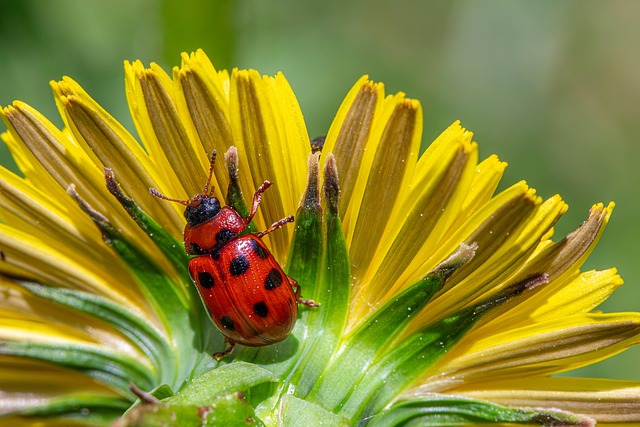Englewood homeowners dealing with "What animal is making noise in my chimney?" should identify visitors like squirrels, raccoons, or birds, each with unique behaviors. Understanding their habits allows for eco-friendly deterrents tailored to each species, using natural oils like peppermint or citronella. Strategic prevention includes mesh covers, ultrasonic devices, building maintenance, sealing entry points, and natural repellents to maintain a peaceful home environment.
If you’re hearing strange noises from your Englewood chimney, don’t panic! Understanding the wildlife visitors to your home can help. This article delves into the common animals that might be causing the commotion, offering insights into “what animal is making noise in my Englewood chimney?” We explore eco-friendly deterrents and natural prevention strategies for safe, non-toxic solutions. Learn how to keep unwanted guests at bay without harming them or the environment.
- Understanding Chimney Guests: Identified Wildlife in Englewood
- Eco-Friendly Deterrents: Non-Toxic Solutions for Safe Repellents
- Implementing Prevention Strategies: Keeping Pests at Bay Naturally
Understanding Chimney Guests: Identified Wildlife in Englewood

In Englewood, homeowners often encounter what animal is making noise in my chimney situation. Identifying the specific wildlife visitor is crucial for effective eco-friendly deterrents. Common culprits include squirrels, raccoons, and even birds, each with unique behaviors and entry points. Understanding their habits allows for tailored solutions.
For instance, squirrels are known for gathering nuts and creating nests inside chimneys, while raccoons, attracted to food storage areas, might use chimneys as access points. Birds, such as chimeras and swallows, often nest in openings, including chimneys. Recognizing these guests is the first step towards humanely repelling them using natural deterrents like scent disruptions or visual scares, ensuring a safe and peaceful home environment.
Eco-Friendly Deterrents: Non-Toxic Solutions for Safe Repellents

Eco-friendly deterrents offer a humane and non-toxic approach to wildlife control, especially for homeowners dealing with unwelcome visitors like squirrels or birds in their chimneys. Traditional repellents often contain harmful chemicals, but modern solutions provide safe alternatives. These include natural oils such as peppermint, citronella, or capsaicin, which animals find unpleasant, acting as effective barriers without causing harm.
For those wondering, “What animal is making noise in my Englewood chimney?” these eco-friendly deterrents can be particularly useful. By strategically placing the repellents around the entry points, you can discourage wildlife from establishing a nest or den, ensuring a peaceful home environment without resorting to toxic methods.
Implementing Prevention Strategies: Keeping Pests at Bay Naturally

Implementing prevention strategies is a key aspect of eco-friendly wildlife control, especially when dealing with persistent pests like the what animal is making noise in my Englewood chimney? The first step involves understanding the species’ behavior and habitat preferences. For instance, birds such as squirrels or starlings might be attracted to chimneys due to potential nesting sites. To deter them naturally, property owners can install chimneystacks with mesh covers or use ultrasonic devices that emit high-frequency sound waves, which are harmless to humans but often repel these critters.
Regular maintenance and inspection of homes and buildings can also prevent wildlife infestations. Ensuring all entry points are sealed, repairing damaged screens, and trimming trees and shrubs away from structures create less appealing living conditions for unwanted visitors. Additionally, using natural repellents like predator urine or plant-based sprays can be effective in keeping pests at bay without causing harm to the environment or non-target species.
If you’ve been disturbed by unexpected visitors, like squirrels or birds, taking over your Englewood chimney, it’s time to implement eco-friendly deterrents. By understanding the wildlife in your area and employing non-toxic repellents, you can safely reclaim your space without harming these creatures. Remember, the key to successful prevention is a combination of knowledge, strategic placement of deterrents, and thoughtful actions—all while respecting the natural balance and avoiding harsh chemicals. So, take control of your chimney and bid farewell to unwelcome chimney guests once and for all!
